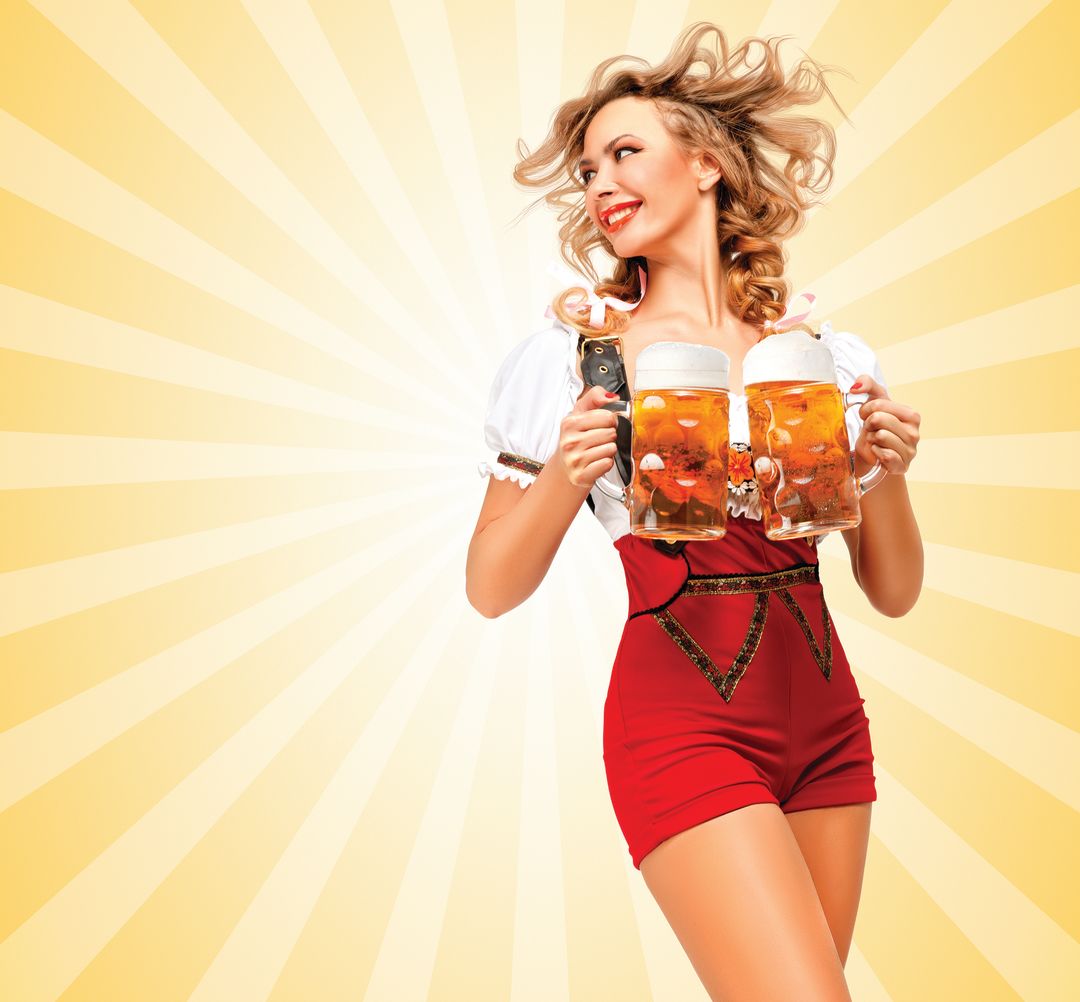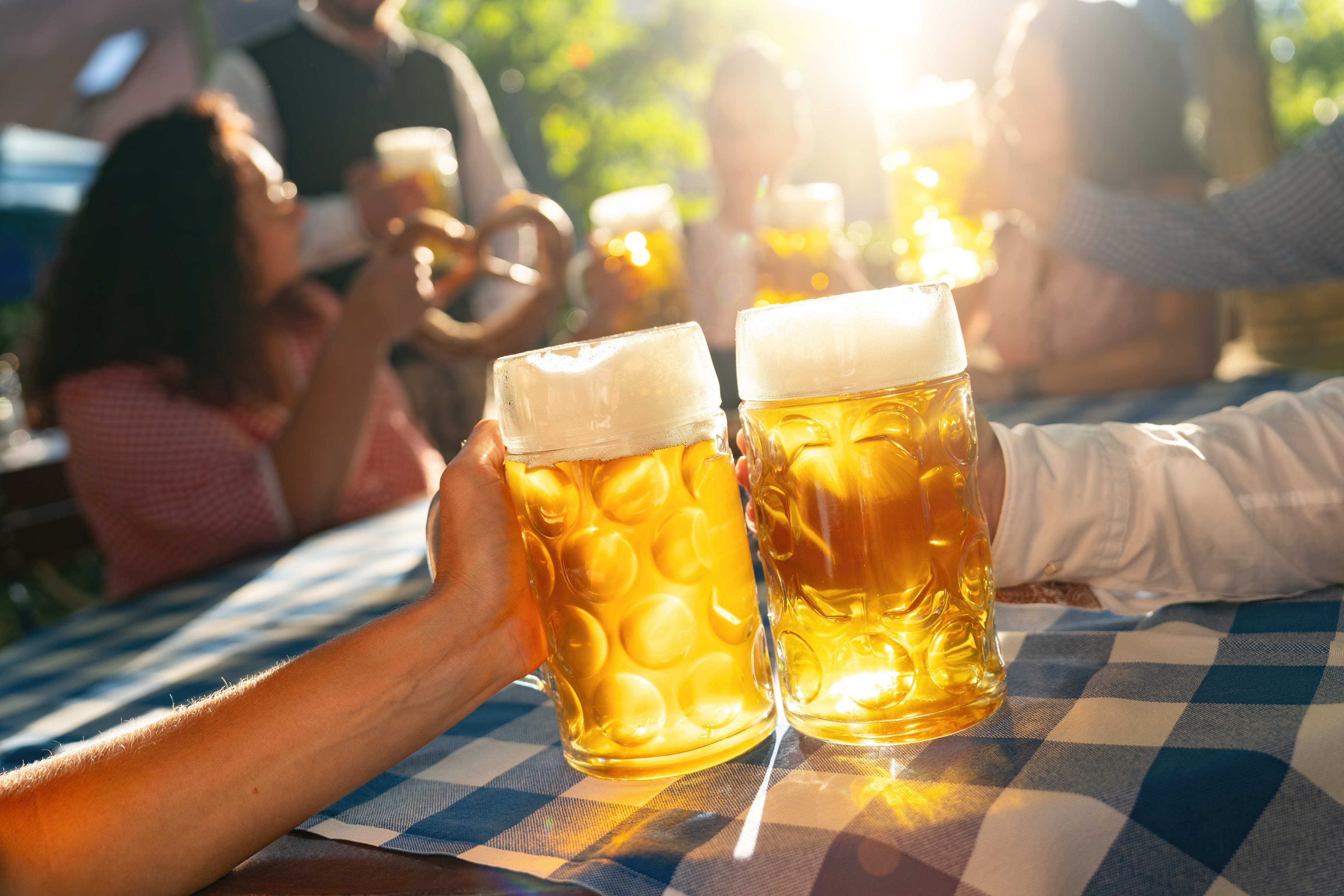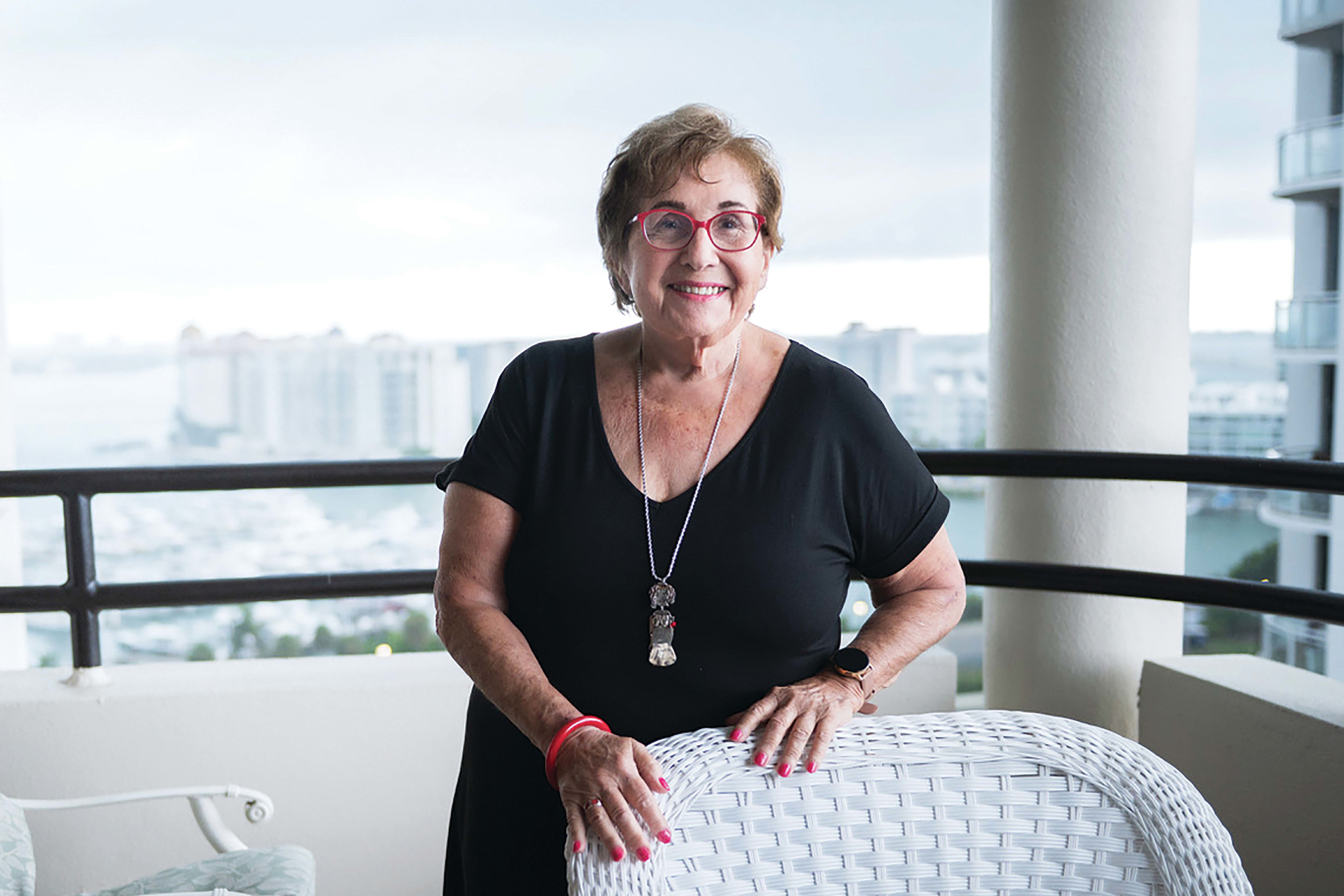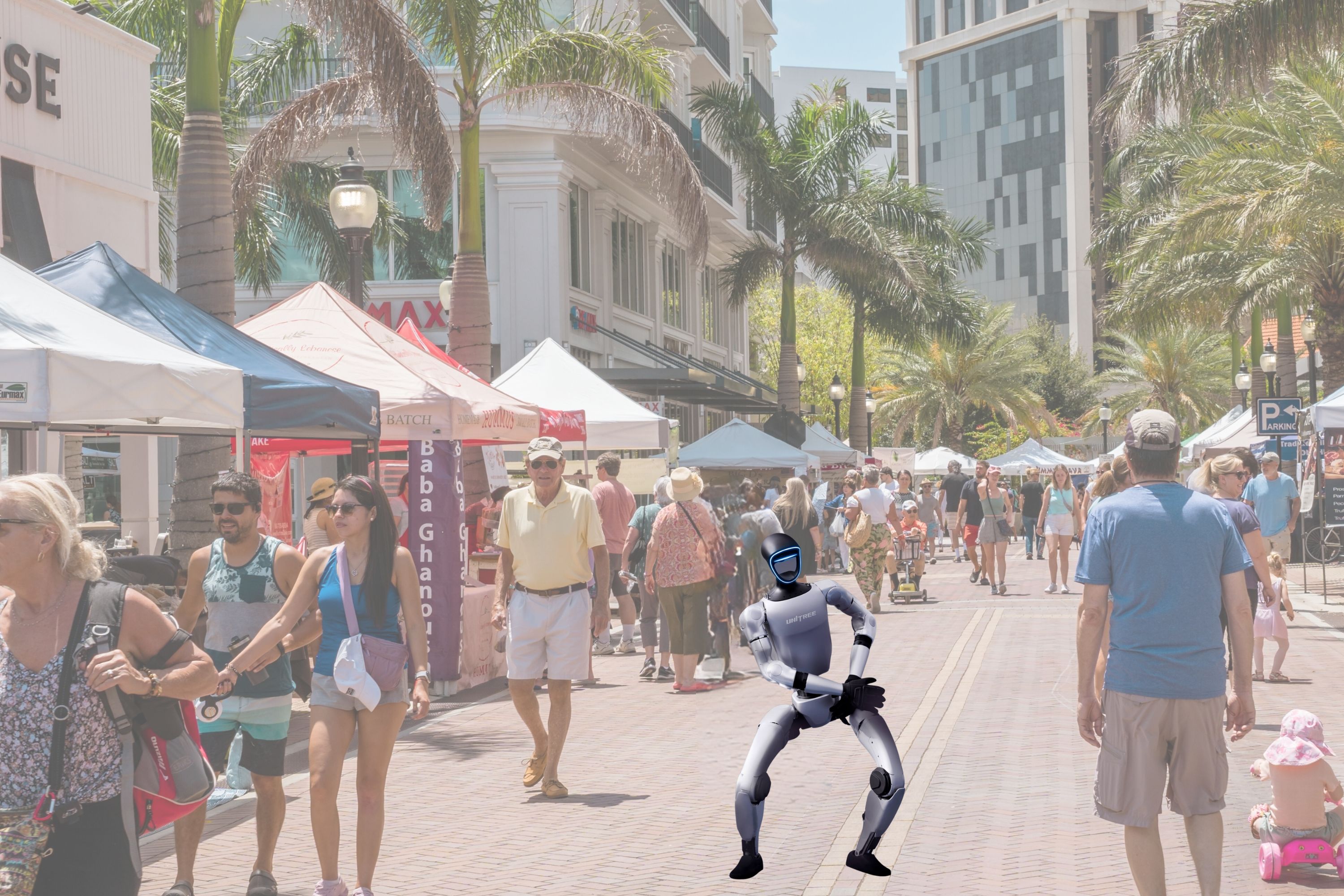Are Women Welcome in the Craft Beer World?

Image: Shutterstock
Scan the selection of beers at your favorite watering hole and you’ll probably find confirmation of an entrenched marketing cliché: Sex sells. From a bubblegum-flavored pale ale named Blown decorated with the image of a busty young woman popping a bubble to social media campaigns featuring scantily clad young women, beer makers have served up sexualized—and, some say, demeaning—imagery along with their pours.
Critics say such branding discourages women who love beer from entering and advancing in the industry. While 29 percent of employees in American breweries are women, just 4 percent of active breweries have a female brewmaster, according to one survey.
Sarasota’s Lisa Sobota, who fell in love with craft beer in the late ’90s and has worked in roles from bartender to beer retailer, says that while other industries have become more inclusive, the beer world has not. “Twenty years ago, it felt way more progressive,” she says. Regional differences matter, too. Florida, where the craft beer trend is relatively young, is behind brewery-heavy states like Colorado and North Carolina, she says.
Sandra Krail is one of the few women in a leadership role in a local brewery. Last year, she opened Bradenton’s Good Liquid Brewing with her husband, Mike, after working in breweries in North Carolina and South Carolina. She says it’s rare to meet a female brewmaster, but that women are well-represented in quality-control labs and in cellaring roles—washing tanks, kegs and hoses. Still, when customers come to Good Liquid, they’re surprised when they learn that she’s a brewer alongside Mike, the company’s master brewer.
“When we first opened, I didn’t tell everyone I was an owner and also a brewer,” Krail says. “A lot of customers did talk down to me. They automatically assumed I was a pretty face just hired to serve beer.”
Dawn Hochberg and her husband, Howie, opened Sarasota’s popular Cock & Bull beer bar two decades ago. When they started, it was common for bars to post job openings for “cute girls” to pour beer. “Nobody thought twice about it,” she says.
Today, men and women are both more conscious about how they interact at the Cock & Bull. “Most people conduct themselves much better,” Dawn says. Still, she steps in when flirtation goes too far. Tensions at a bar or brewery can be elevated by the presence of alcohol. “It inhibits judgment,” she points out.
Like many American industries grappling with issues of sexism and harassment, the beer world is struggling to change. Last year year, the Brewers Association, a nonprofit trade group that represents craft breweries, updated its marketing and advertising code to discourage “derogatory” and “demeaning” beer names and imagery. Krail says such marketing ploys are “tacky,” but they wouldn’t stop her from patronizing an offending brewery. However, she says, “It does make you second-guess their feelings toward women.”
Dawn Hochberg calls herself “less sensitive” than others to offensive beer labels. In her view, there’s a fine line between a “provocative” or “cheeky” bottle design and one that’s insulting.
Sobota says sexualized marketing techniques aren’t welcoming to women, period. “It never ceases to amaze me that someone is imagining that [sexist branding] would be a comfortable, inviting way to message women that they’re welcome to try and enjoy your beer,” she says. “You’re not selling beer at that point. You’re selling something else.”



